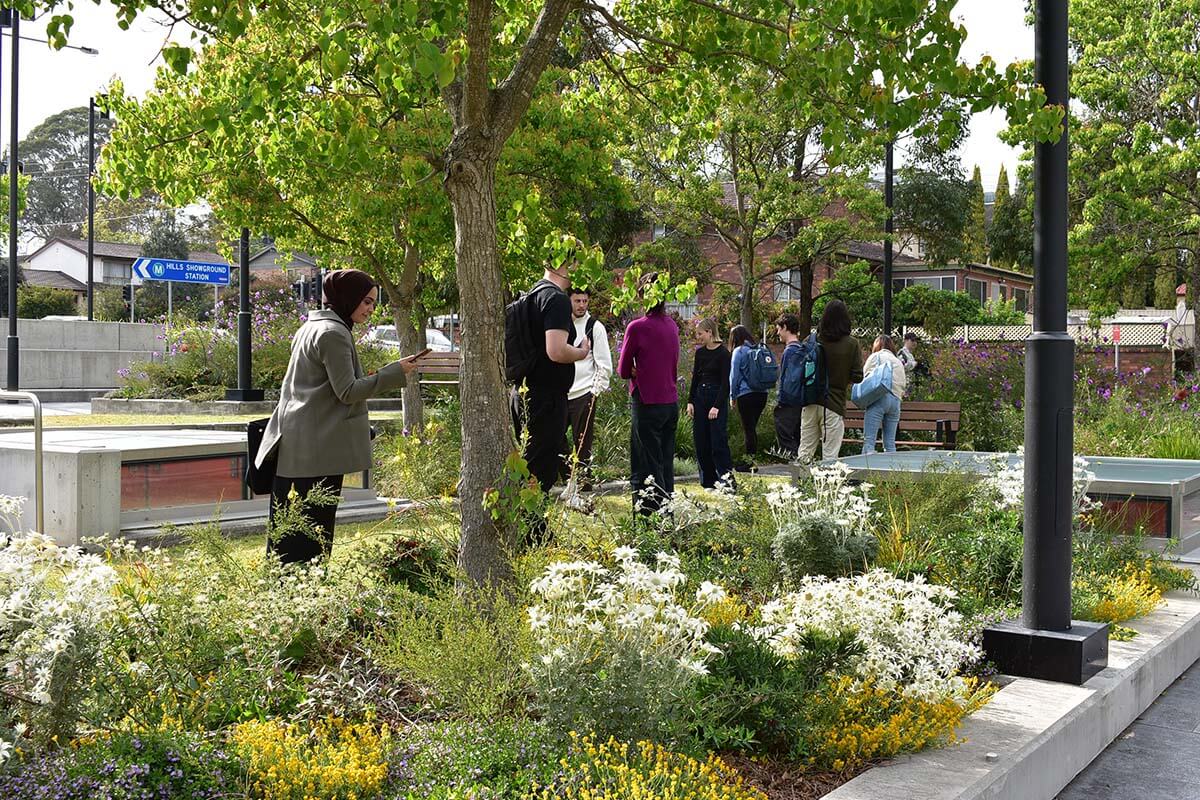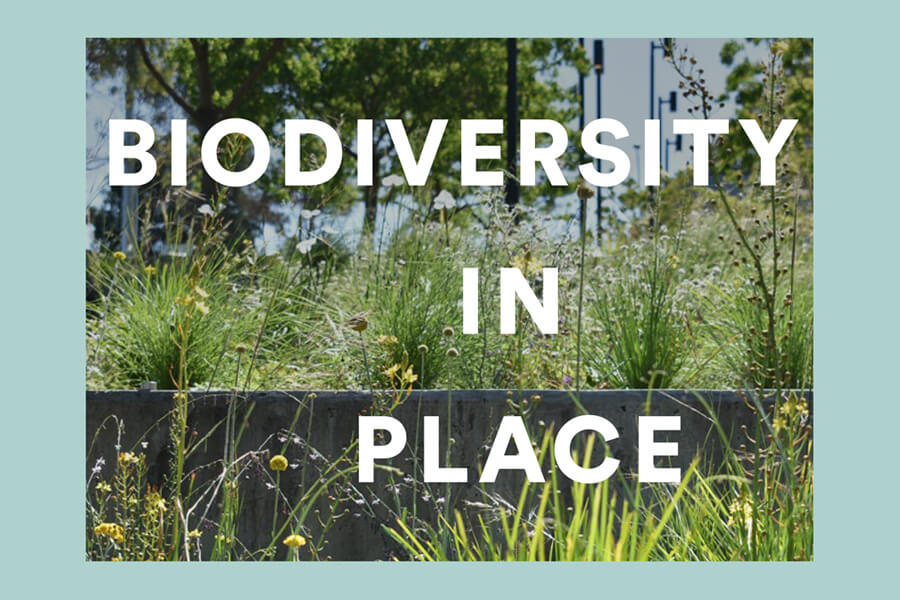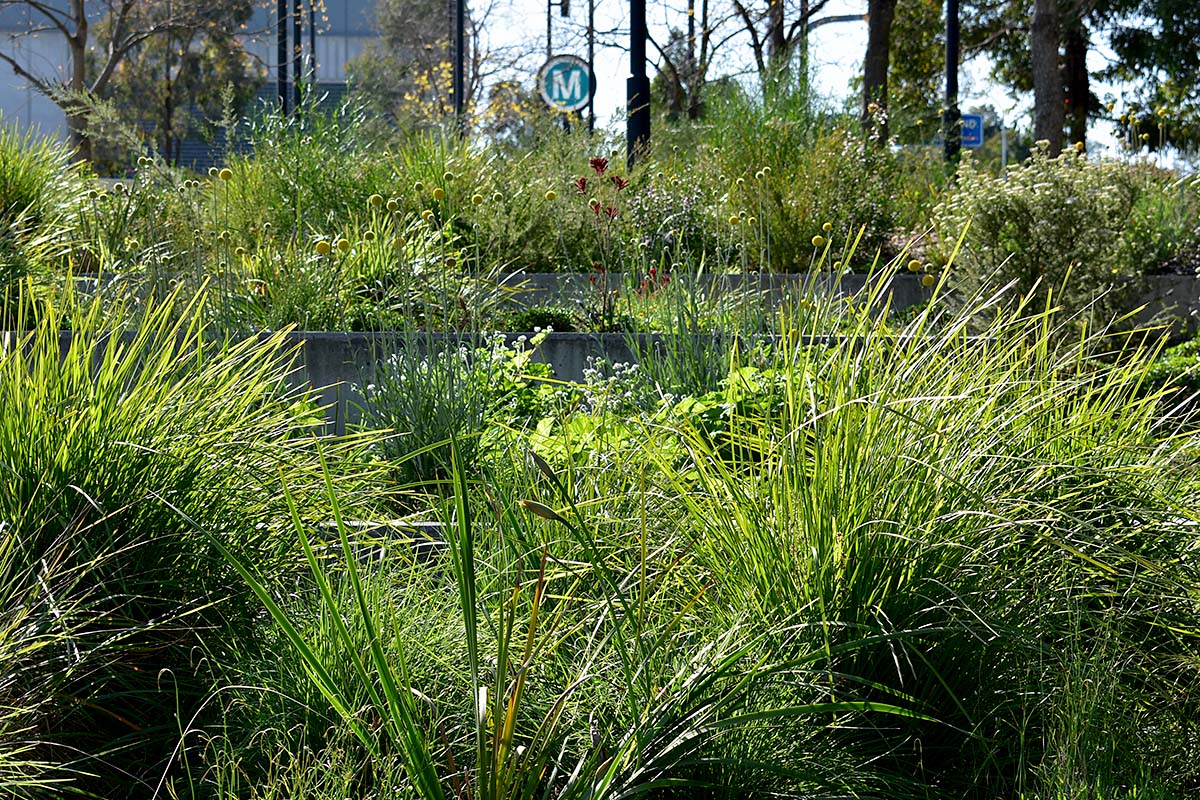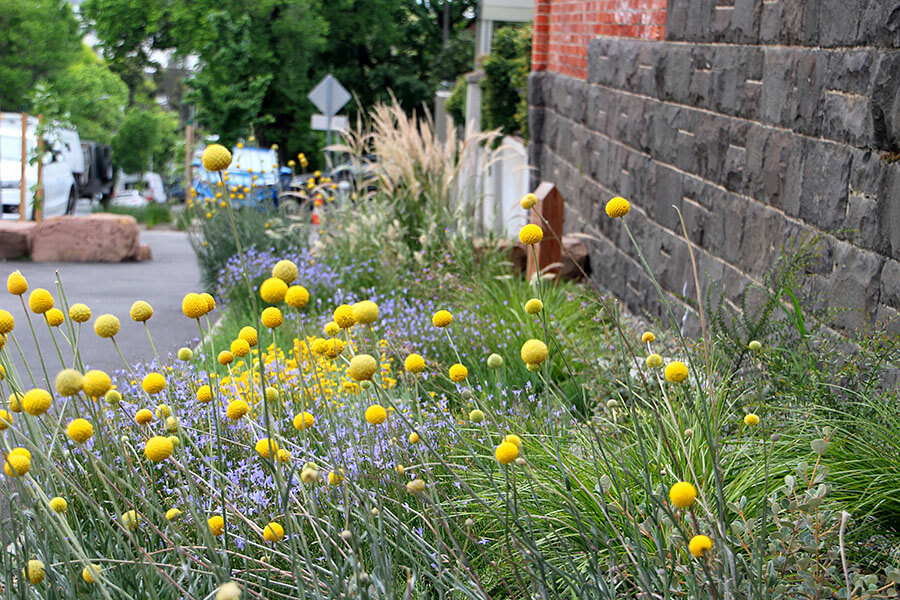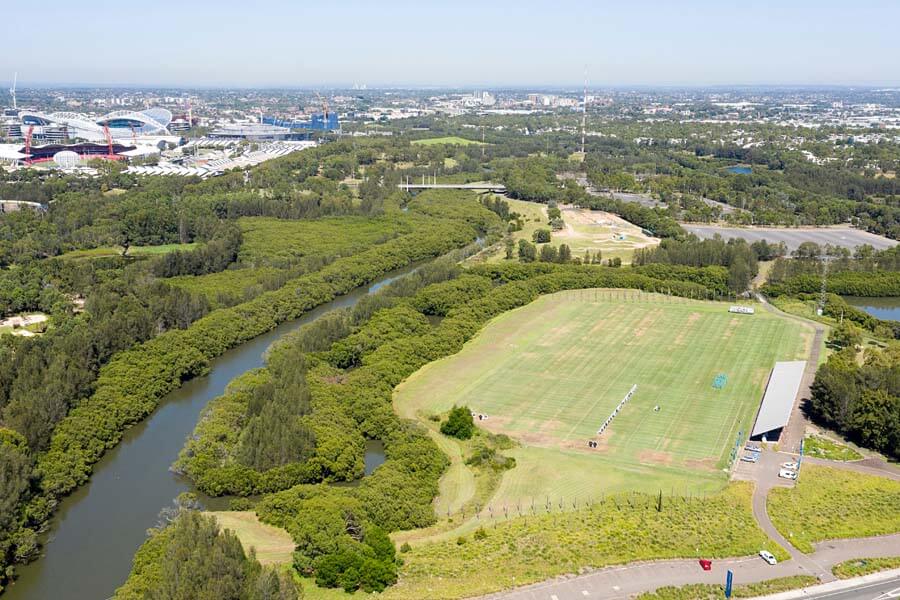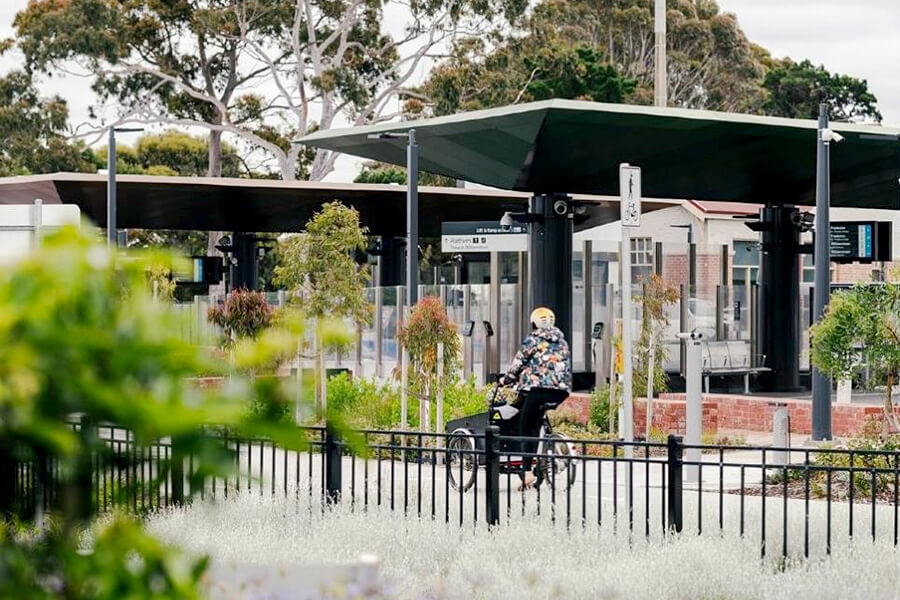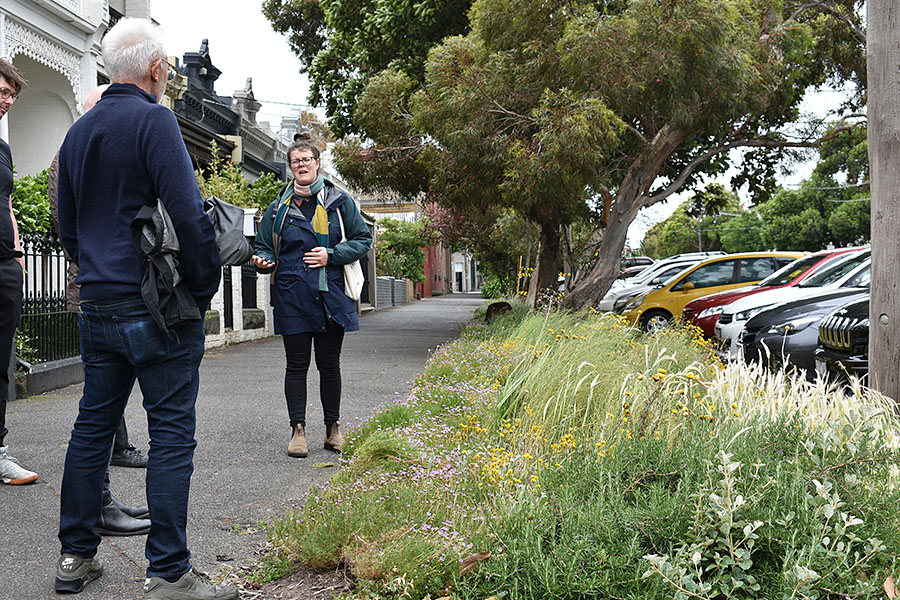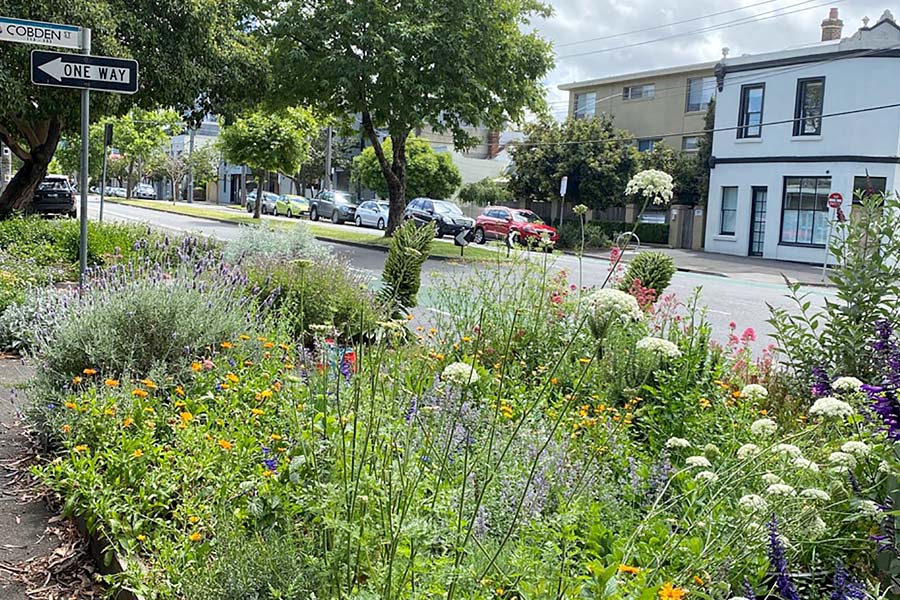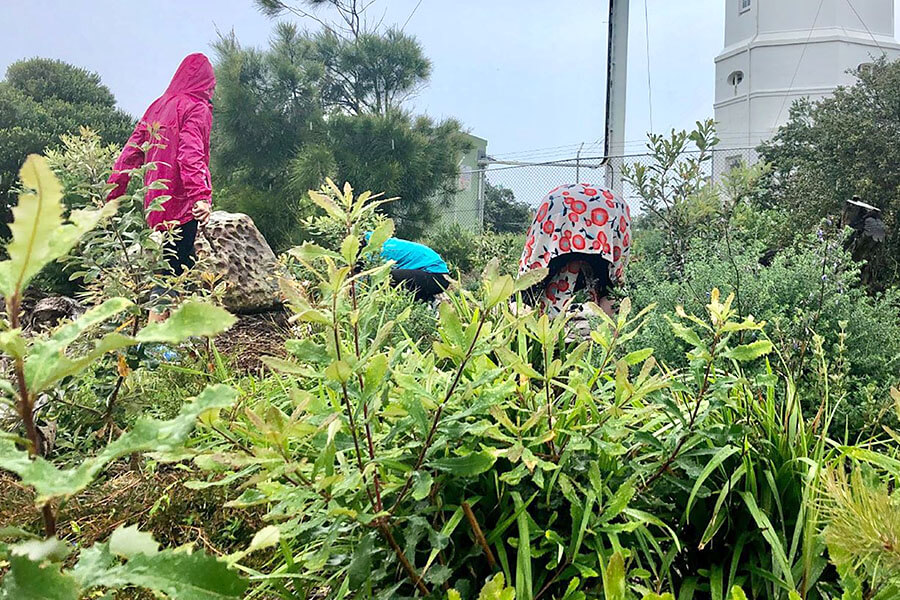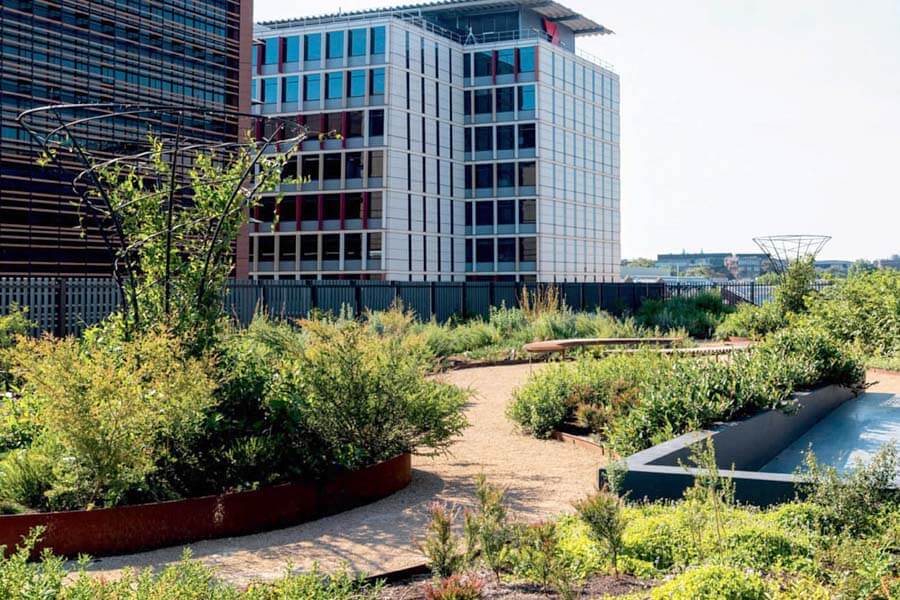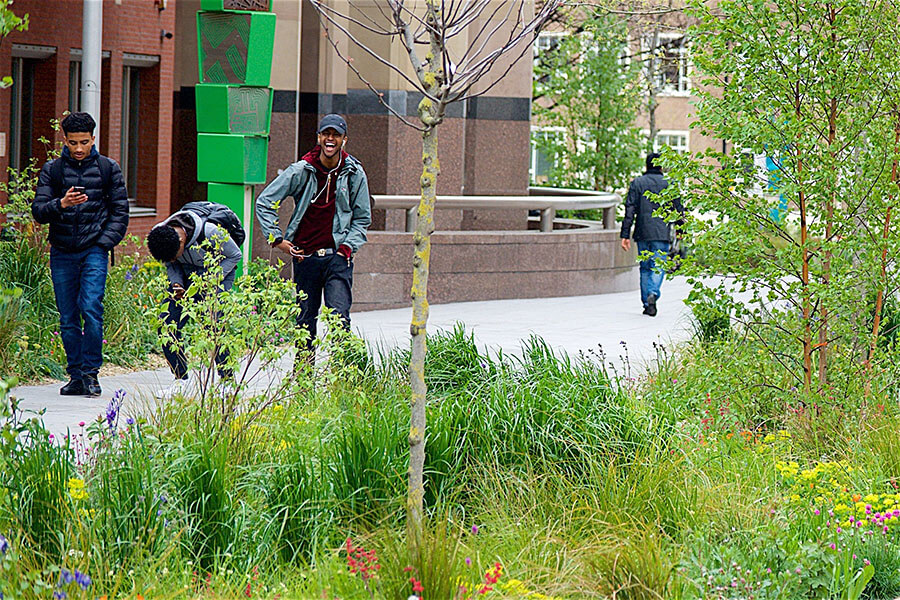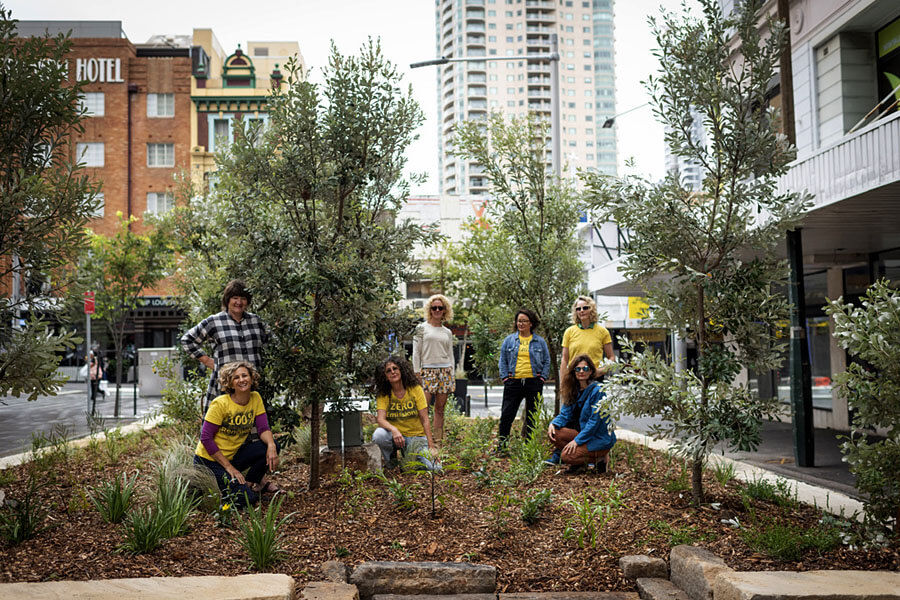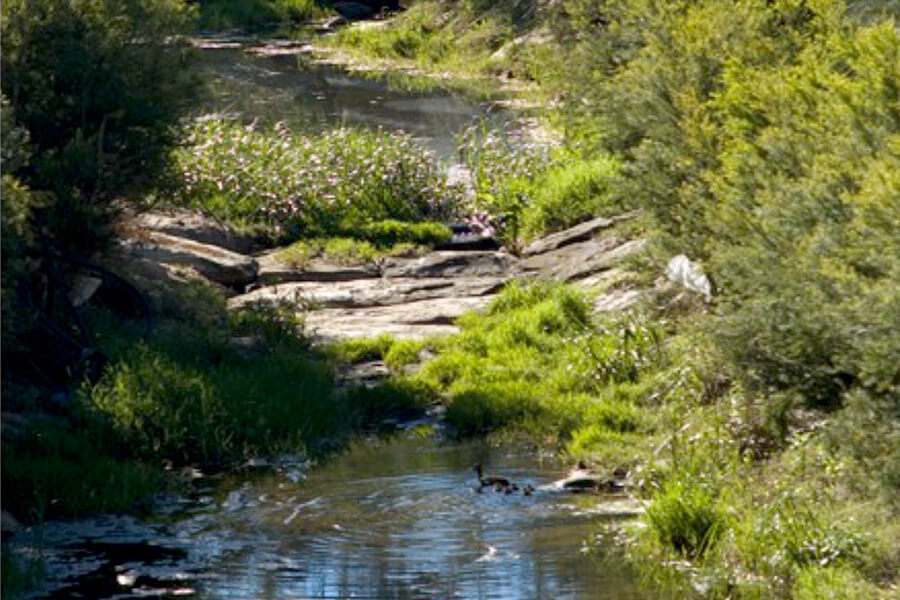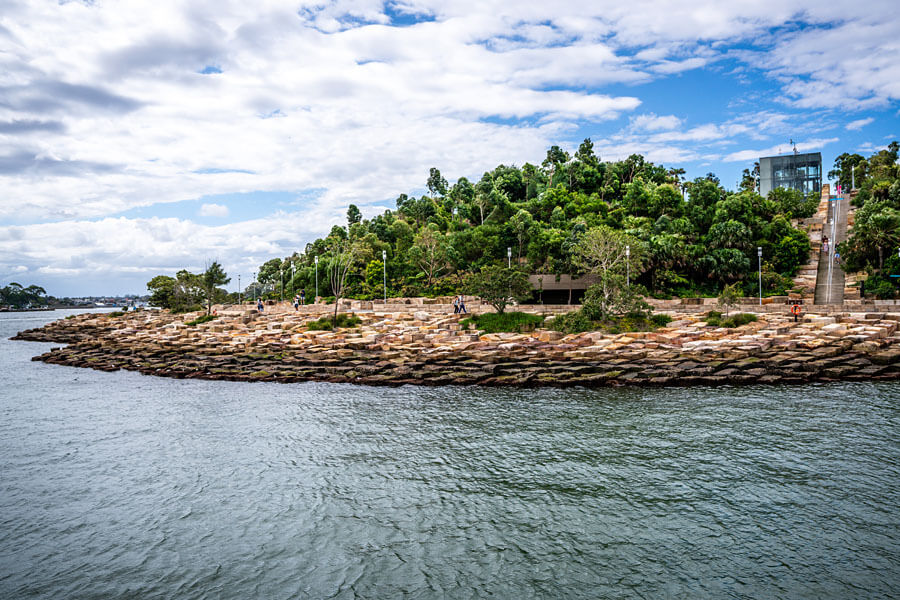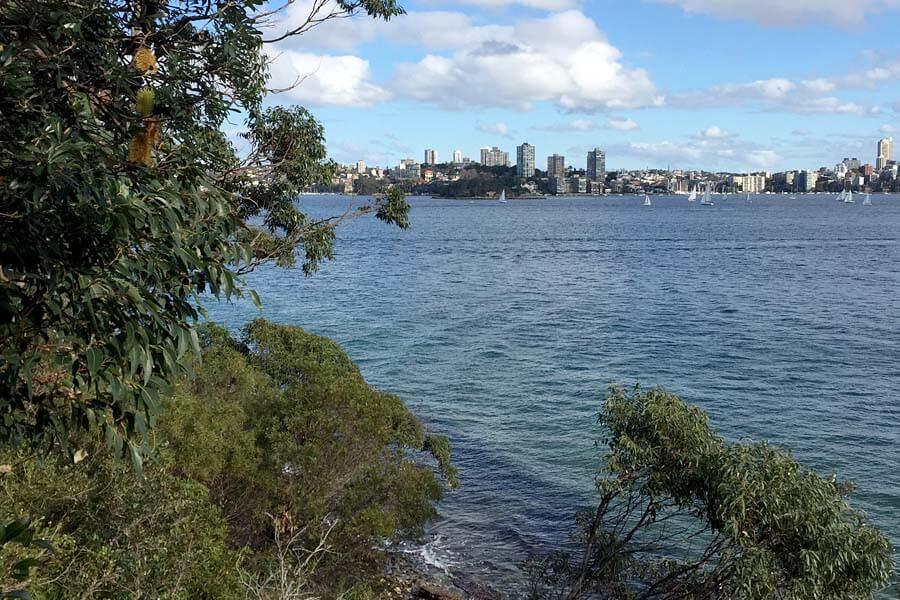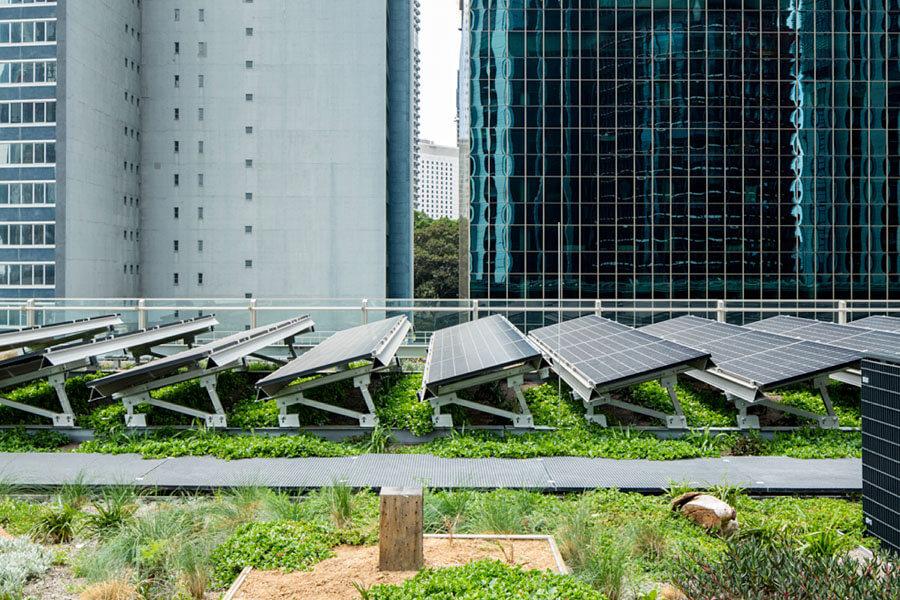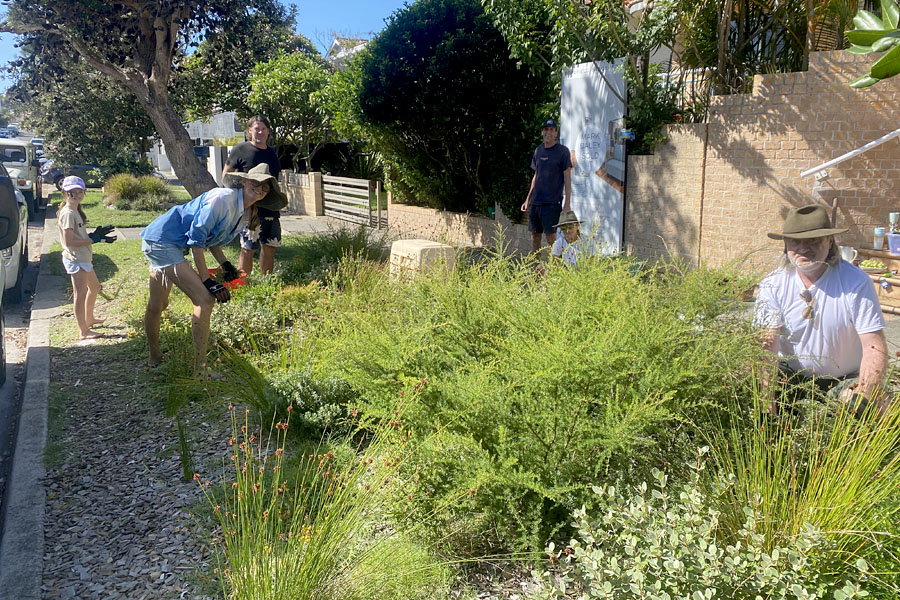The Biodiversity in Place Framework provides a practical guide to bring nature back into our cities, towns and suburbs.
As we plan for more housing, it’s important our urban areas are nature positive and support urban habitat.
How we plan and what we plant on our verges, backyards, balconies, public spaces, rooftops as well as in the land around critical infrastructure, such as our roads, railways and creek corridors, can make a big difference in the health of the local environment.
No space is too small to be valuable from a biodiversity perspective.
The framework developed by Government Architect NSW will provide industry, community groups and government agencies with a roadmap to design for biodiversity in new and existing developments.
The framework is an important step to improve our overall urban biodiversity.
Key steps that can help build more biodiversity in your neighbourhood
1. Identify the space to improve
Making meaningful changes in a space starts with understanding its layout, size, surroundings and intended purpose.
Biodiversity can occur in many different places in the urban environment, including:
2. Choose your approach
Think about the conditions of the site and your available resources so you can decide on the best approach to encourage biodiversity.
Here are some ideas to create more biodiversity in your local area.
Roads, streets and laneways
Road and street verges in residential neighbourhoods are often overlooked as places for habitat restoration. But they present a unique opportunity to integrate:
- diverse understory planting, urban meadows and grasslands can be a low-cost way to encourage and support insect populations that are essential for biodiversity.
- shallow, on-slab planting to increase understory planting in dense urban areas when deep soil beds aren’t possible.
- microforests that breathe life into the smallest spaces within a city, creating lush habitats filled with plants and wildlife.
These ideas are provided as a guide only. Before making any changes to road and street verges, please check with your local council.
Rooftops
Rooftops can become habitats for various animals and plants. To encourage more biodiversity, we can integrate:
- rock, sand and log features to allow birds, reptiles and insects take refuge or nest in these spaces.
- architecture for multiple species with consideration of wildlife friendly design features and building materials, such as bird-safe glass.
- insect hotels and wildlife boxes made from dead trees, hollows, logs and artificial nests, which provide important habitat for birds, possums and microbats.
Backyards
Backyard gardens contribute significantly to the green space in cities. We can support more biodiversity in our gardens by integrating:
- plants for pollinators – choose plants that flower frequently to provide food and habitat for pollinators such as insects, bees and birds.
- high-density planting – planting a variety of different plants close together helps prevent erosion, retain water and stop spontaneous plants from popping up.
- water – fresh water sources like ponds, water features or small bowls in gardens support wildlife.
These ideas are provided as a guide for ways to build more biodiversity in your neighbourhood. Please check with your local council for any relevant policies that you may need to follow.
3. Management and care
Biodiverse places need ongoing management and care to thrive. Some techniques for managing these spaces include:
- retaining deadheads on flowers, leaf litter and beneficial weeds
- reducing mowing and using less herbicides and pesticides
- using fertilizer thoughtfully, applying it in moderation to prevent excess nutrients or pollution from reaching waterways.
Case studies
Daramu House Living Roof – Sydney, Australia
The living roof at Daramu House in Barangaroo, Sydney is an example of how nature can thrive in the city. With its mix of plants and insect hotels, it has become a haven for birds and bugs, far surpassing the biodiversity of a typical city rooftop.
The living roof is densely planted with low-water-use plants to reduce the need for watering. This approach helps manage stormwater runoff by soaking up and filtering rainwater. The improved air quality on the site supports biodiversity by creating homes for insects, birds and other small animals. Research showed that the living roof attracted 9 times as many insects and 4 times as many birds compared to a nearby rooftop without vegetation.
Rewild Bondi – Sydney, Australia
Rewild Bondi is a community-led initiative transforming nature strips along Brighton Boulevard into productive native gardens for growing food, providing wildlife habitat and a space for neighbours to connect.
So far, 5 gardens of varying sizes, have been planted. Converting traditional lawn street verges to native gardens creates spaces for all to enjoy. This initiative shows how communities can come together to create greener, more desirable, and resilient neighbourhoods.
